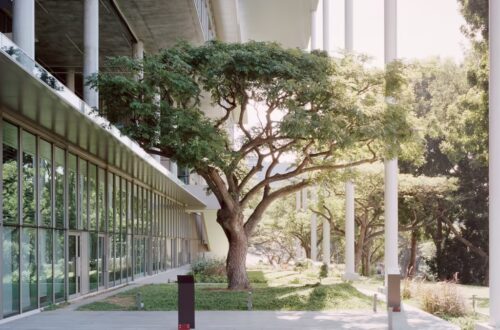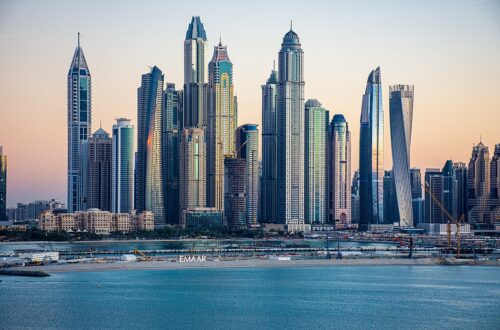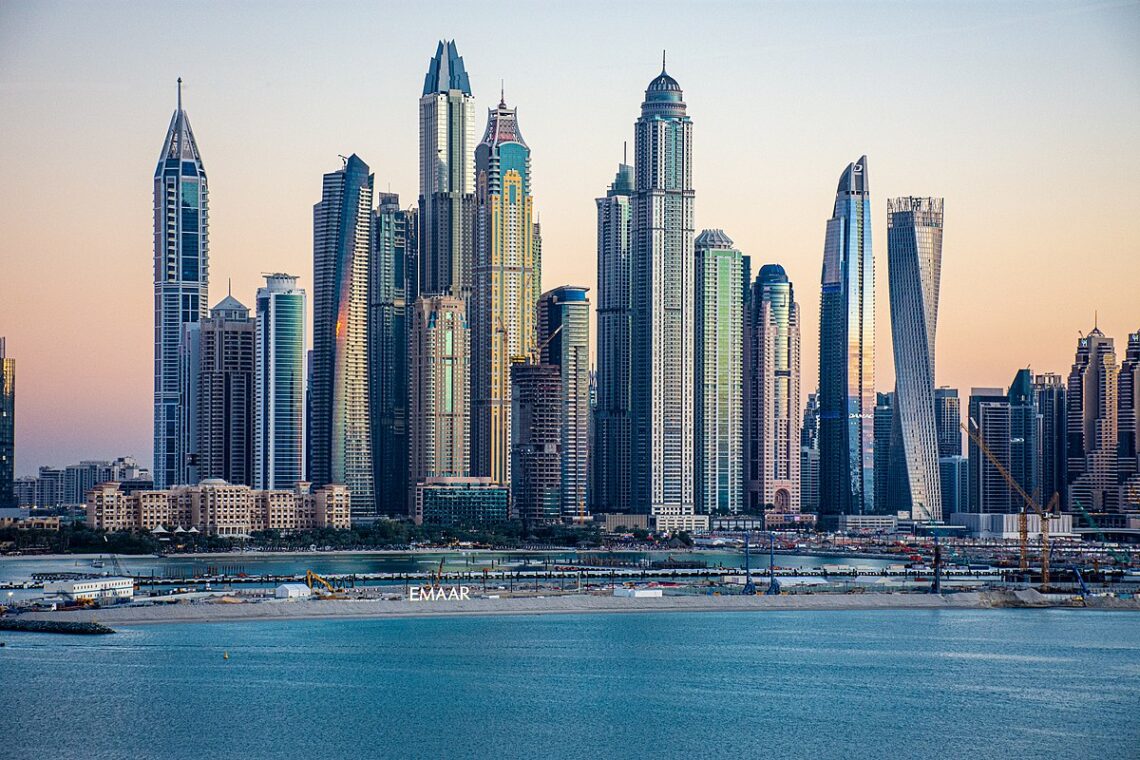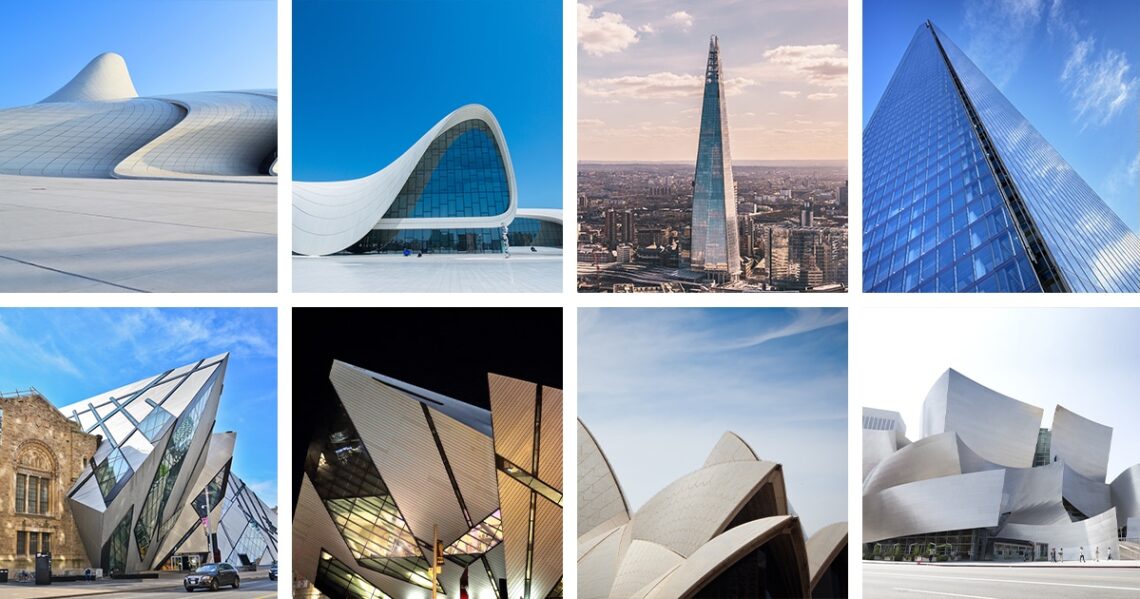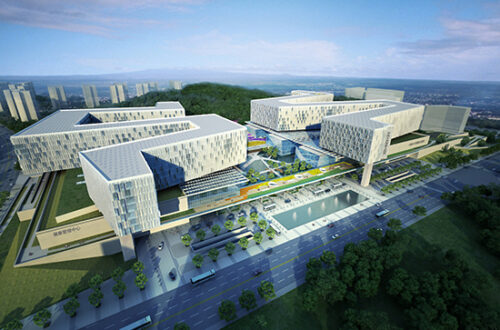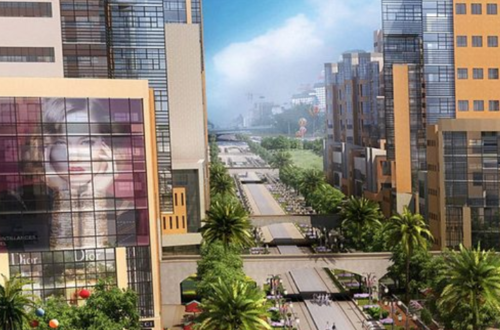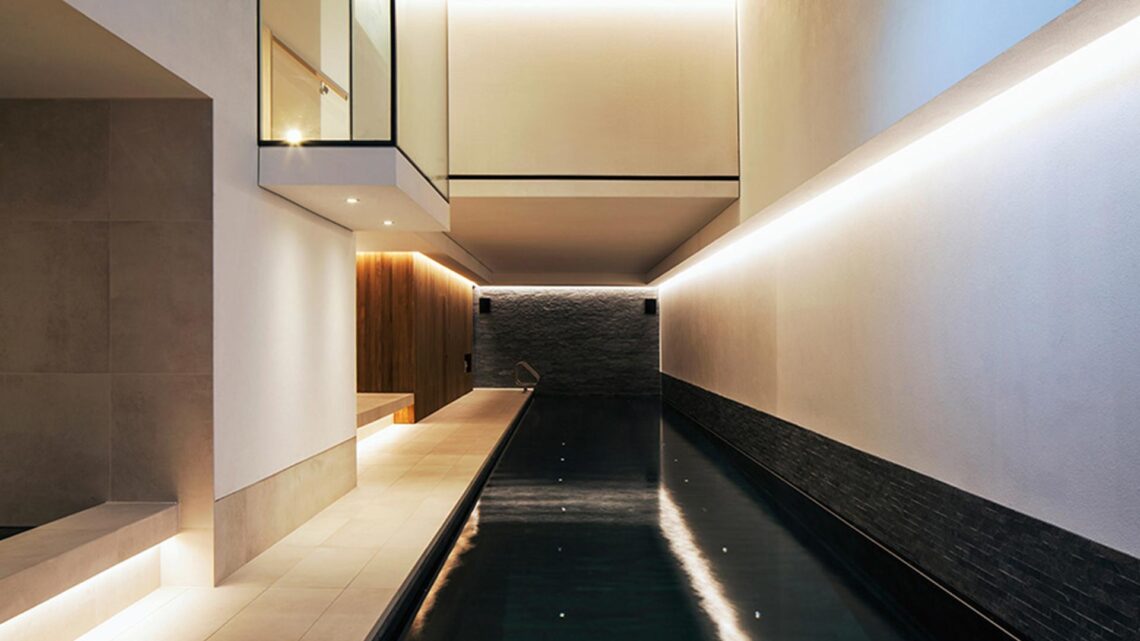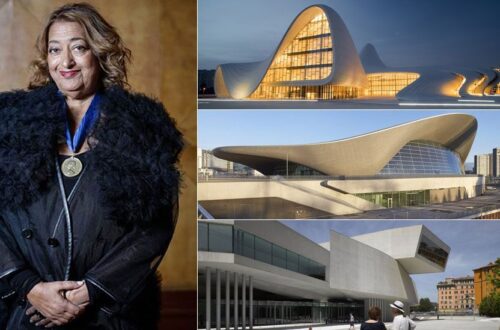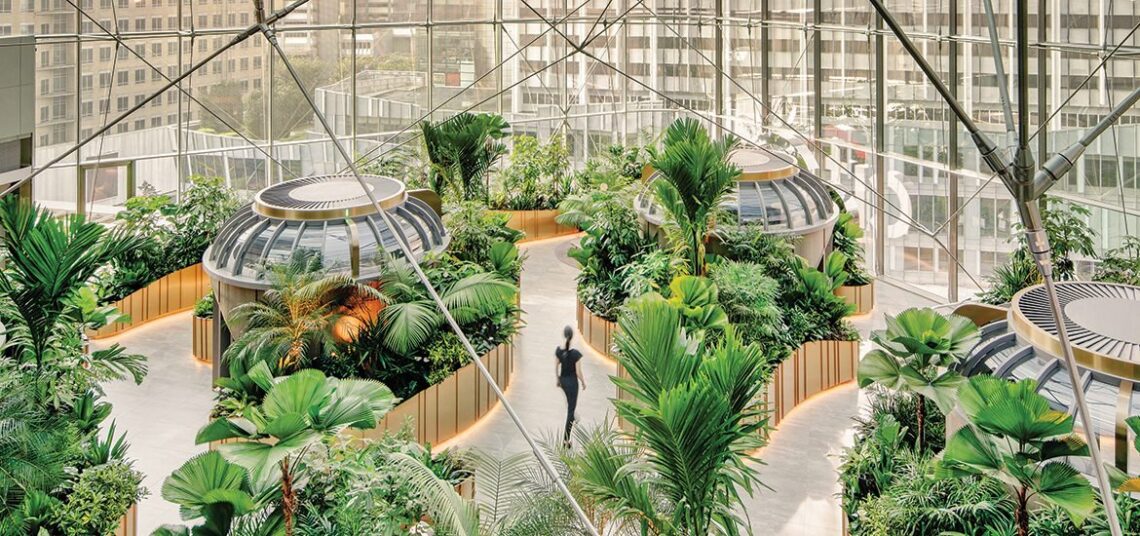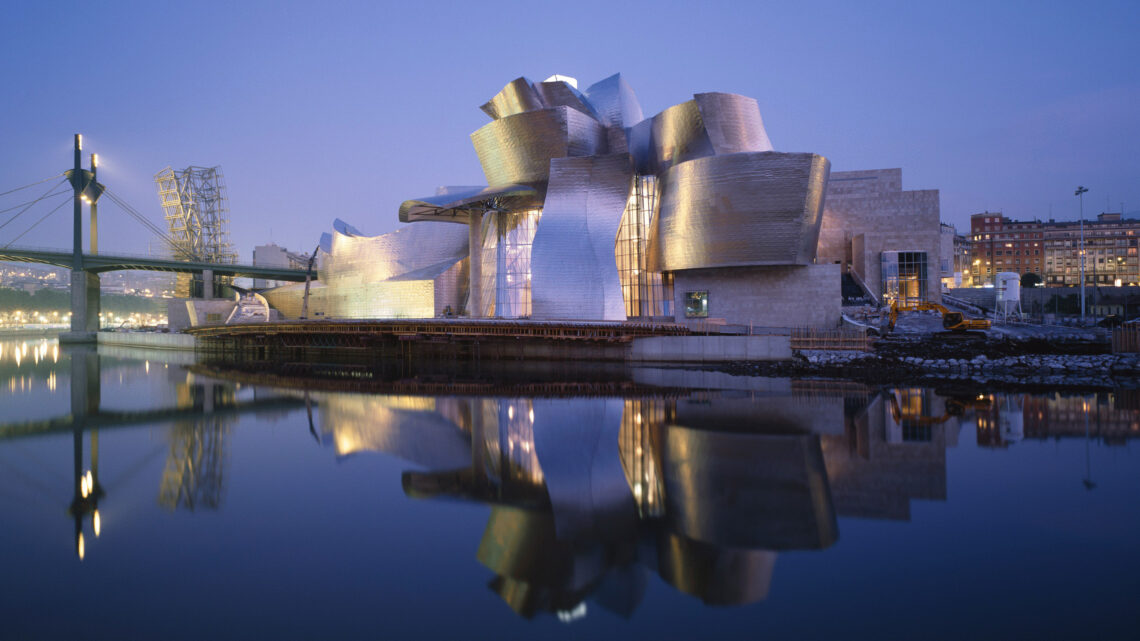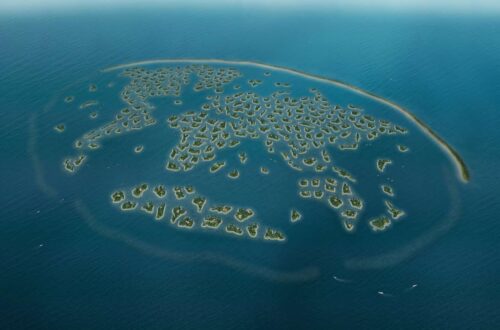-
How hospital architecture can influence the health of patients
When one thinks of the determinants of health in hospital patients, equipment, doctors and staff are the key ones that come to mind. Although many may not be aware, the design of hospitals, its buildings and spaces also play a crucial role in determining the well-being of its patients. The size and layout of a room, whether a bed sits in the middle or against a wall, lighting and outdoor areas all need to be considered when building a hospital. In the past, these have not been considered predictors of health outcomes, but that is slowly changing. Read on to discover the importance of incorporating principles of social design into…
-
How do civil engineers build wind-resisting skyscrapers?
With the numerous skyscrapers reshaping city skylines today, one can not help but wonder just how they manage to resist the horizontal force of the wind while withstanding the vertical force of gravity. Just what makes these structures so durable? What forces of physics are at play here? Read on to discover innovative ways and methods civil engineers and architects managed to make these towering structures withstand extreme weather and geological events such as high winds or earthquakes. The history of skyscrapers Due to the large number of people who moved from smaller towns to urban areas across the world, big cities sometimes struggled to accommodate this drastic increase in…
-
The Mini Sky City – How architects built a 57-story skyscraper in just 19 days
In Changsha, China, one of the fastest built buildings is making history. The Broad Sustainable Building Co. – a prefab construction firm – managed to erect a 57-story skyscraper in just 19 working days. This shocking feat was discussed worldwide and took up top headlines in sites like The Guardian and New York Post. Continue reading to find out how a construction company managed to achieve this. What was the secret? The secret was modular construction. Noted by Xiao Changgeng – the vice-president of the Broad Sustainable Building Co. – the company put up the rectangular, glass and steel Mini Sky City, assembling three floors a day, using a modular…
-
How Technology Advancements Altered the Field of Architecture
The rapid industrialisation of our society has led to the creation of many life-changing inventions, one of the most important being artificial intelligence and computational systems. Their impact on our society continues to grow, bringing forth numerous benefits while also possessing certain risks. These code-driven systems are providing us with unparalleled information and connectivity that is altering our society, dominating many aspects of our daily lives. Read on to discover how technology has also altered the field of architecture and structural engineering, providing us with systems, programs and more. Design and Visualization CAD (Computer-aided design) CAD software has revolutionised architecture by digitising the design process. Previously, almost everything from initial…
-
All About Contemporary Architecture – Origins, Features, Pioneers and More
Contemporary is the term used for architecture of the 21st century. The word itself means belonging to or occurring in the present, modern time. Unlike some other architecture periods, contemporary architecture is not a movement, but a style reflecting the trends of the time a home is built. Despite this style lacking a representation of any particular age, past movements can inspire contemporary design. Along the same line, assorted elements from previous architectural styles often influence contemporary homes as well. In this article, you will uncover the significance of contemporary design, its origins and characteristics. Contemporary architecture – what is it? Contemporary is the term used for architecture of the…
-
The Evolution of Interior Design
Interior design as we know it consists of all elements and things that make up an interior space. It is defined as the art and science of enhancing the interior of a space in order to create a polished and more aesthetically pleasing environment. When you think of the term “interior design,” it is unlikely that you would associate it with a mud hut. And yet, this practice roots back to the clay-like structures built by the Ancient Egyptians, otherwise known as mud huts. In this article, you will uncover the origins of interior design, understand its evolution throughout history and how each and every design style has impacted its…
-
Everything You Need To Know About Brutalist Architecture – Origins, Characteristics, Pioneers
Perhaps one of the most controversial styles of architecture, brutalism is likely what people imagine when they envision prisons – with its cold and imposing exteriors. However, brutalist architecture also remains as one of the most divisive architectural styles of the modern age – often inspiring strong emotions. With numerous examples of brutalism displayed in buildings and structures, the style has both historical significance and popularity today. In this article, we will discover the historical impact of brutalism, study the ideas and defining characteristics behind this look and explore a few famous examples of brutalist architecture around the world. The Origins of Brutalism Brutalism originated as a style of building…
-
The Power of Light – Exploring Lighting & Its Impact on Architectural Spaces
Light is a crucial factor that determines how individuals view and appreciate the spaces around them. Thanks to this element, it is possible to highlight architectural and design details, and to even completely transform a space. As architecture proceeds, more and more studios and working architects are highlighting the importance of light in architecture and are turning this element into an essential part of their projects. At the end of the day, light is the channel that allows people to notice and value the environment, therefore, lighting design could significantly influence the well-being of the occupants of a space. In this article, we will be covering the importance of light…
-
The Rise of Biophilic Design: How It Is Reshaping Urban Architecture
In short terms, biophilic design is defined as an approach to architecture that seeks to connect building occupants more closely with nature. The concept of biophilic stems from the Greek word, biophilia: ‘bio’ meaning ‘life’ and ‘philia’ meaning the ‘love of’. Strictly, it literally means the love of life or living things, which is the guiding principle behind biophilic design. By integrating nature into our architecture, it enhances our connection with the natural world and contributes to the health and well-being of the occupants. In this article, you will discover the rise of biophilic design, its benefits, embracing elements and how it is reshaping our society. The Origins & Rise…
-
The Bilbao Effect – How Frank Gehry Transformed A City’s Economy Through Architectural Design
The Bilbao Effect is a term coined by economists to describe the huge economic and social impact that the Guggenheim Museum had, being one of the world’s most visited museums that was built in 1997. What makes this architecture structure striking is the influence it had on its surrounding area. Prior to its completion, Bilbao was a city far north of Spain, suffering from a high degree of unemployment and poverty. However, after building the $100 Million museum, it reignited the city’s economy and started a global trend for landmark museums, and things changed drastically for this Spanish town. Read on to discover the wonderful changes Frank Gehry forged with…


